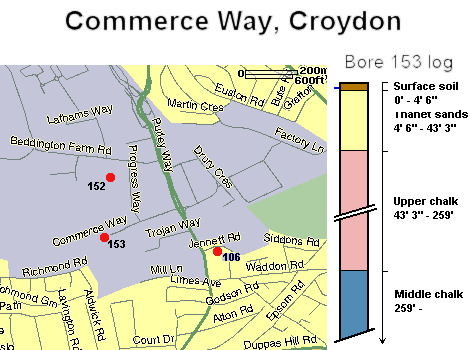Site characterization and testing

As with any underground engineering works such as foundations, excavations, drainage or tunneling, information on geology, strata, structure, groundwater, geochemistry, underground infrastructure and potential contamination is essential when considering Borehole Heat Exchanger systems (BHE).
Starting of with a desktop approach, the inventory of relevant information can lead to the conclusion to conduct site testing, such as drilling a test borehole, water quality testing or carrying out a geothermal response test (GRT).
Insight in site characteristics is not only useful in design but is also essential to project planning and quantifying risks when implementing and operating BHE systems.
Minimal site information requirement
- Administrative information
- Regional and local geo(hydro)logical setting
- Geological strata, structure and texture
- Groundwater table, flow & direction, geochemistry
- Underground structures & cables
- Environmental site aspects
- Site specific or project related Health & Safety aspects







